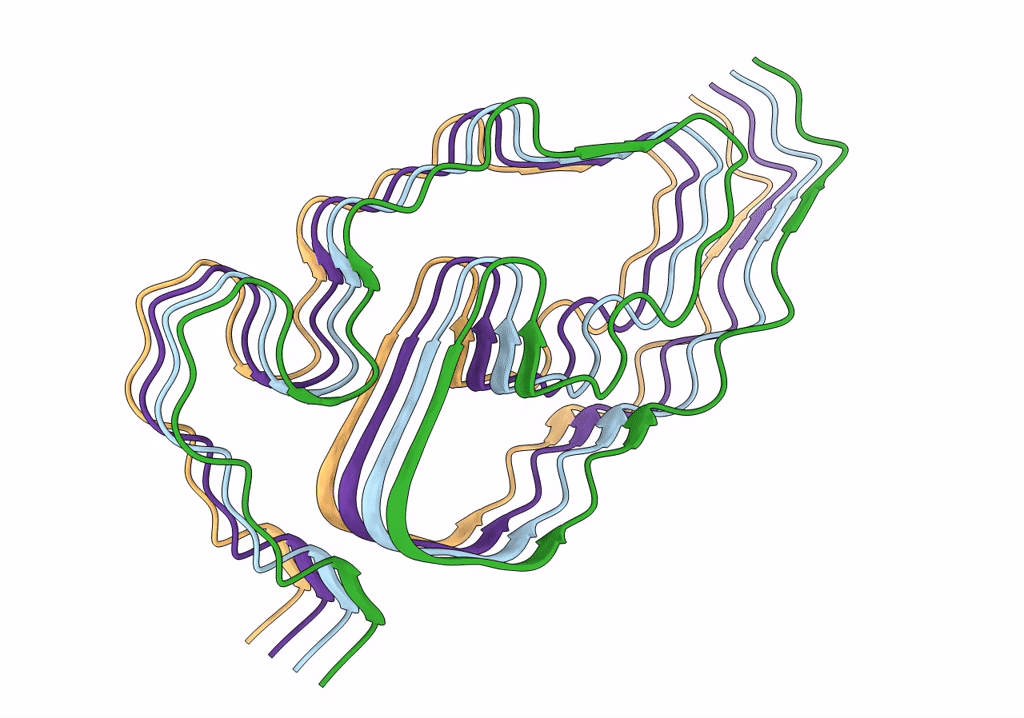
Deposition Date
2021-10-08
Release Date
2021-12-15
Last Version Date
2024-07-17
Entry Detail
PDB ID:
7PY2
Keywords:
Title:
Structure of pathological TDP-43 filaments from ALS with FTLD
Biological Source:
Source Organism:
Homo sapiens (Taxon ID: 9606)
Method Details:
Experimental Method:
Resolution:
2.59 Å
Aggregation State:
FILAMENT
Reconstruction Method:
HELICAL


